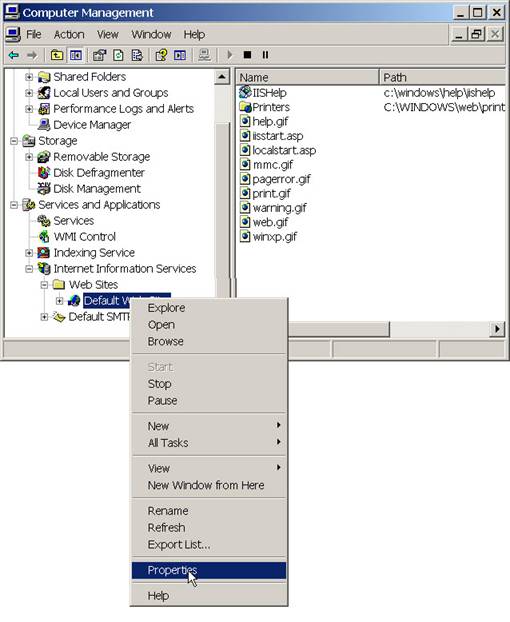
Check the settings on your network card.This is especially important when you have your webserver and database server separated out on different hosts. Use gigabit ethernet for improved latency and throughput.Moodle, Web server and Database server on another set of disks configured as RAID-5.the operating system and swap drive on one set of disks configured as RAID-1.
#PHP INETINFO INSTALL#

#PHP INETINFO SOFTWARE#
Software load balancing forum discussion.a MySQL cluster), but this is not an easy task and you should seek expert support, e.g. Similarly, the database could be a cluster of servers (e.g. The separate webservers should query the same database and refer to the same filestore area, but otherwise the separation of the application layers is complete enough to make this kind of clustering feasible. It is possible to load-balance a Moodle installation, for example by using more than one webserver. Large sites usually separate the web server and database onto separate servers, although for smaller installations this is typically not necessary. (Please check the list of large Moodle installations.) Moodle's design (with clear separation of application layers) allows for strongly scalable setups. The optimization order preference is usually: primary storage (more RAM), secondary storage (faster hard disks/improved hard disk configuration), processor (more and faster). If your system starts swapping, this is a sign that you need more RAM. It is especially important to try to eliminate swap file usage as much as you can.

The overall aim of adjustments to improve performance is to use RAM (cacheing) and to reduce disk-based activity.

Once you have quantitative data about how your system is performing currently, you'll be able to determine if the change you have made as has any real impact.
#PHP INETINFO WINDOWS#
For Linux try LBS and for Windows use the Performance Monitor.


 0 kommentar(er)
0 kommentar(er)
